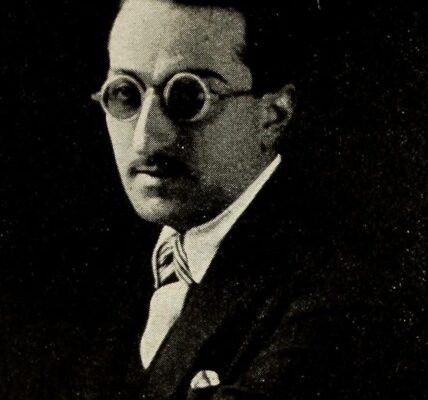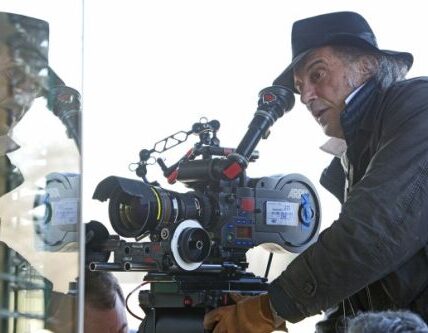In the ever-evolving landscape of filmmaking, modern technology is playing a transformative role in revitalizing classic movies. The marriage of cinematic heritage and cutting-edge technology is breathing new life into old films, offering audiences an opportunity to experience timeless stories in a fresh and immersive way. This article explores the fascinating intersection of tradition and innovation, shedding light on how modern technology is reviving the classics.
Reviving the Classics: Technological Marvels:
- Digital Remastering and 4K Restoration: Advancements in digital remastering and 4K restoration techniques have become game-changers for classic films. These processes involve meticulously enhancing image quality, color accuracy, and overall visual appeal, providing audiences with a viewing experience that surpasses the limitations of the original formats.
- Artificial Intelligence in Film Restoration: Artificial intelligence (AI) is stepping into the realm of film restoration, offering automated solutions for repairing damaged frames, reducing visual noise, and even upscaling resolution. This technology is preserving the authenticity of classic films while bringing them up to par with contemporary visual standards.
- Colorization Technology: Colorization technology has evolved significantly, allowing filmmakers to breathe color into black-and-white classics. This process, when done with precision and respect for the original artistic intent, can introduce a new dimension to vintage films, making them more accessible and engaging for modern audiences.
- Preservation Techniques and Film Archiving: Preservation efforts, coupled with advanced film archiving techniques, are crucial for maintaining the longevity of classic movies. Digital archives ensure that films are safeguarded against degradation, allowing future generations to enjoy the cinematic treasures of the past.
Impact on Cinematic Heritage:
- Cinematic Education and Appreciation: The revival of classic films through modern technology contributes to cinematic education, allowing new generations to appreciate the artistry and storytelling of bygone eras. This exposure fosters a deeper understanding of film history and the evolution of visual storytelling.
- Cultural Significance and Nostalgia: Revived classics hold cultural significance, providing a bridge between different generations. For those who grew up with these films, the experience is one of nostalgia, while younger audiences gain insight into the cultural context of the times through the lens of cinema.
- Festival Showcases and Restored Screenings: Film festivals and special screenings dedicated to restored classics have become popular. These events celebrate the meticulous work of restoration teams and provide audiences with the opportunity to experience vintage cinema in its full glory on the big screen.
Challenges and Ethical Considerations:
- Maintaining Artistic Integrity: While technology offers tools for enhancement, there’s an ongoing debate about maintaining the artistic integrity of classic films. Striking a balance between restoration and preserving the original director’s vision is a delicate task.
- Ethical Use of AI: The use of AI in film restoration raises ethical considerations. Ensuring that automated processes align with the intent of the filmmakers and respecting the historical context of the films is crucial for responsible restoration.











